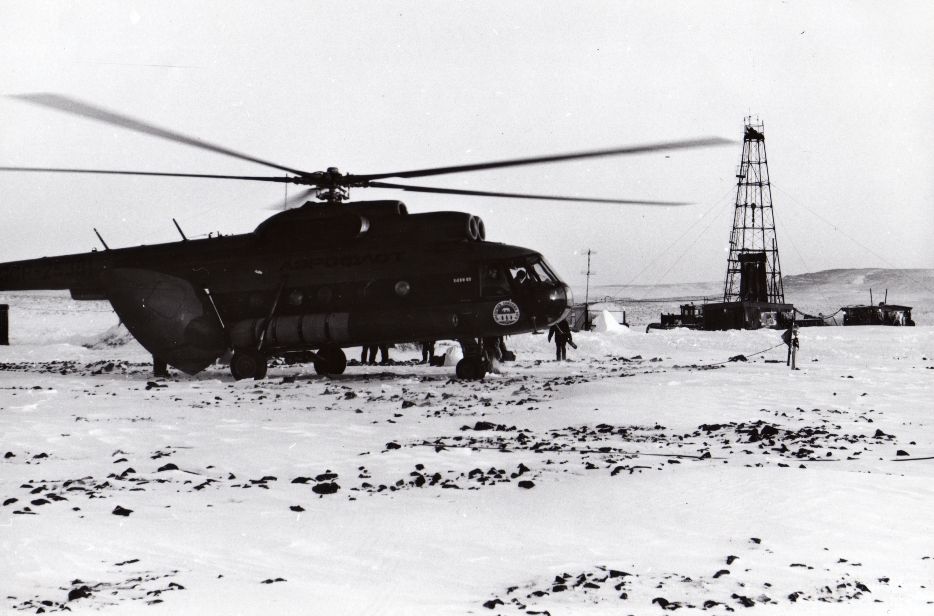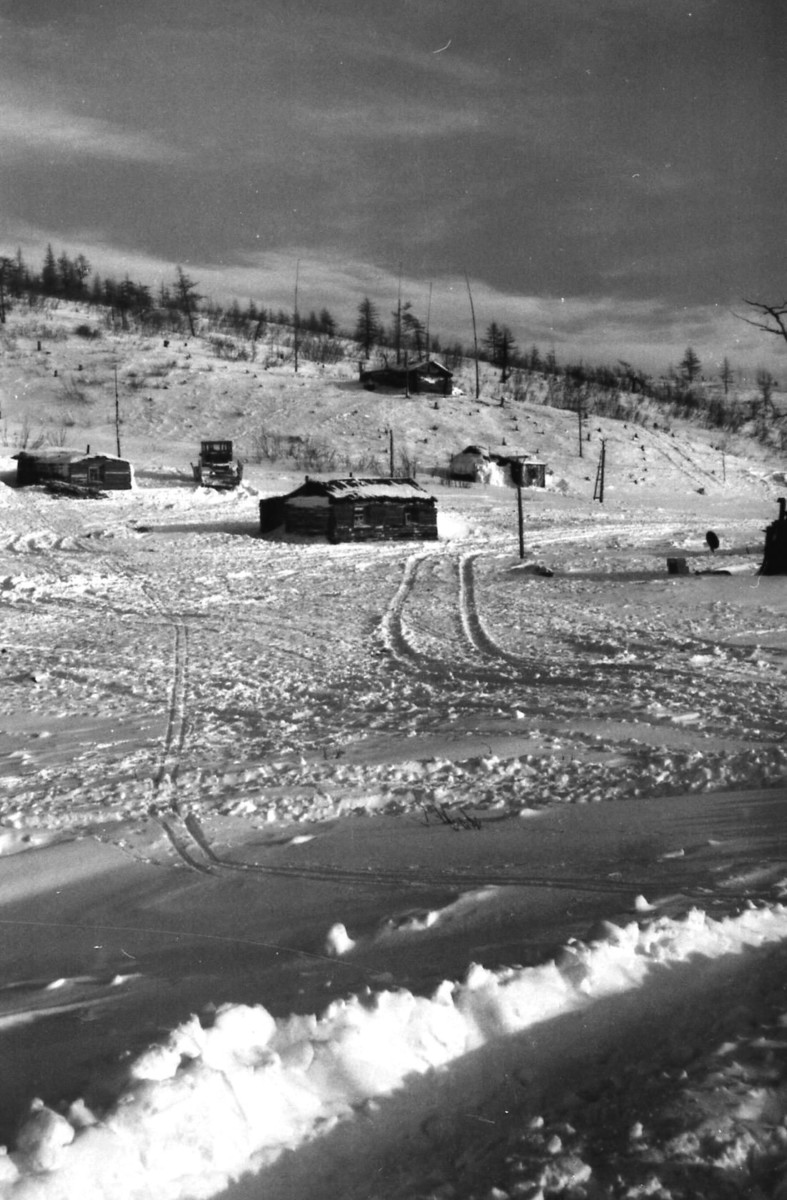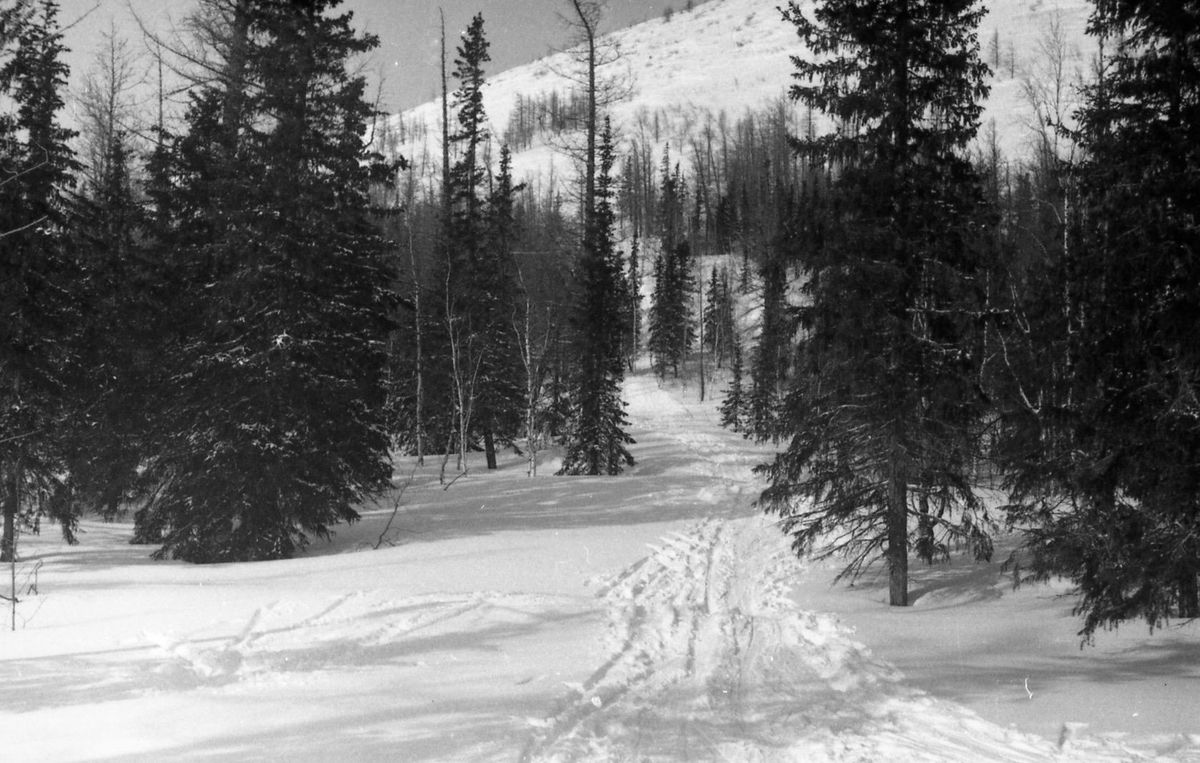#ARCTIC. #SIBERIA. THIS IS TAIMYR. Another toponym for this area is Haraelah. This is the name of the mountains closest to Talnah and the river flowing from them, from Dolgan they are “spruce”.
A hundred years ago, the geologist Nikolay Urvantsev visited the Talnah river valley. Perhaps he was the first scientist who explored and described the Haraelah’s foothills, at the western tip of which a village named after the river would later appear.
The path to the future Talnah – without roads and bridges – was very difficult. And Norilka was not even the most difficult obstacle on that path.
From Nikolay Urvantsev’s book Discovery of Norilsk:
“…The crossing through the Norilskaya passed without difficulty. The horses were from the taiga, and both of them calmly followed the boat without support, although the current in the river is quite fast, and the width is more than half a kilometer. It turns out that the entire Norilsk valley is a labyrinth of randomly scattered hills with lakes and swamps. The hills are densely forested, and the lowlands are swampy and completely overgrown with alder and dwarf birch bushes. In many places we had to cut their way with an axe.
The horses fell, got stuck in the swamps up to their belly, and we unpacked them, pulled them out and got stuck up ourselves to the waist in peat slush dozens of times a day. Both were smeared with mud so that it was impossible to recognize, but the mosquitoes did not bite so much, and there were so many of them in the swamps that it seemed that a solid black cloud was hanging over people and horses. It took us two days to get to the mountains, although it was no more than 15 kilometers directly from the river”.
But in the Talnah foothills, beauty met the geologists: dry and green – due to the southern exposure of the mountain slopes. At that time, Urvantsev found coal outcrops and concluded that there was a new large coal-bearing region. But the main thing – signs of ore – was not found.
That was done by the expedition in 1937: the prisoner geologist Samoilo saw the first signs – ore-bearing boulders, which gave rise to further geological searches. So geologists discovered that the main wealth of Talnah was not coal, but rich ores. Without them, Norilsk could cease to exist. In the 1960s, the importance of the Talnah construction assumed all-Union proportions.
One of the first successful expeditions was led by the geologist Staroseltsev in 1959. They drilled wells on the Lesnoy ridge, almost at the very place where they would later build the last, fifth, Talnah microdistrict. The 1959 well was only a few meters short of the intrusion.
In the History Spot’s previous publication, we talked that a winter airfield operated in Norilsk, where planes landed directly on the snow.
Follow us on Telegram, VKontakte.
Text: Svetlana Ferapontova, Photo: Nornickel Polar Branch archive











